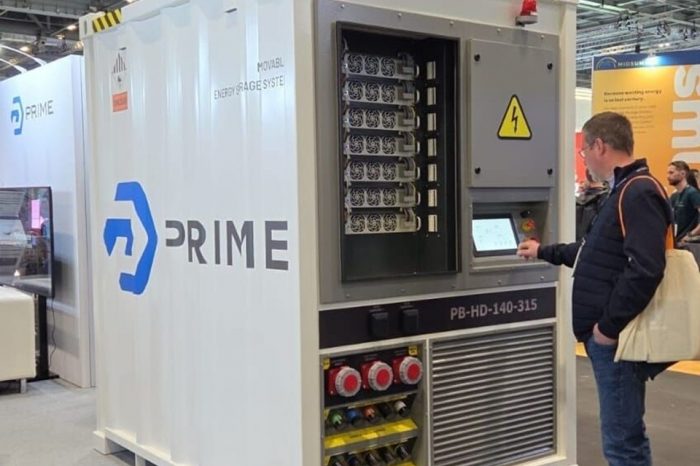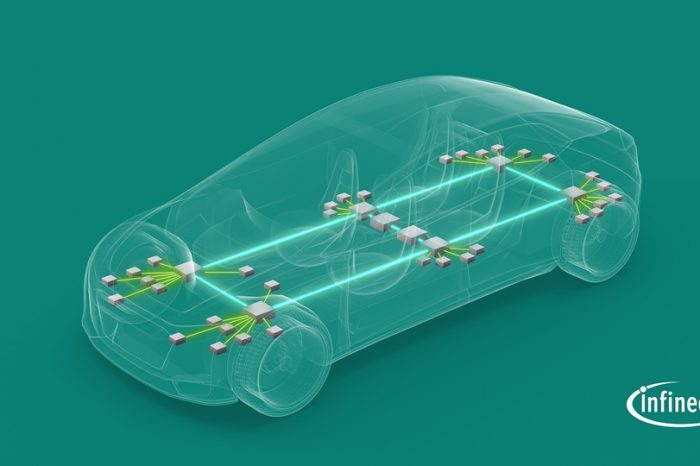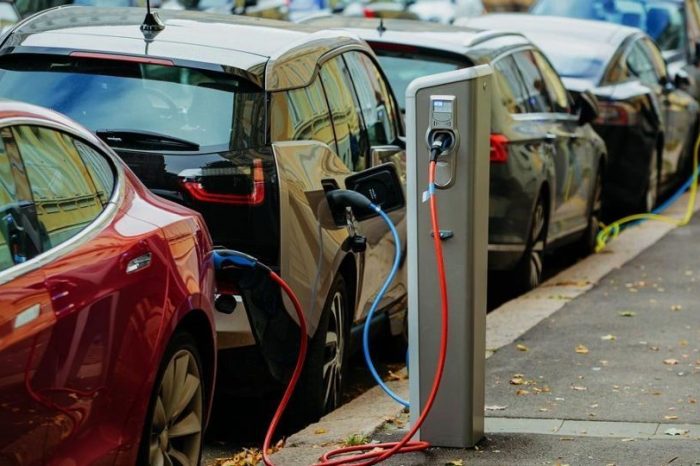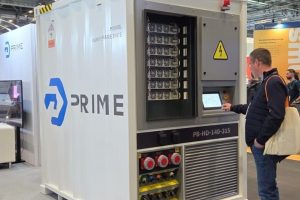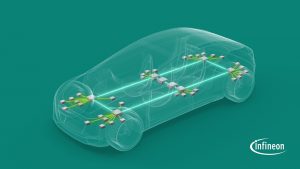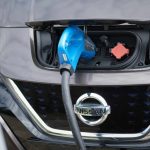Nissan, E.ON Drive join forces to promote the Vehicle-to-Grid technology
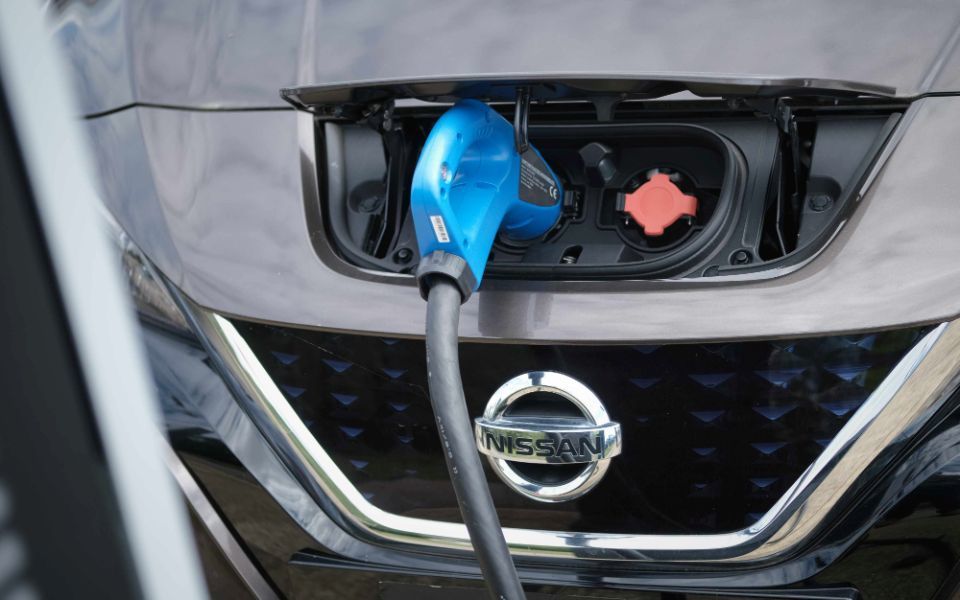
A White Paper published today – the result of a major collaboration involving carmaker Nissan, E.ON Drive and Imperial College London – explores how the bi-directional charging capability of electric vehicles (EVs) could contribute to lower emissions and help achieve long-term goals in relation to climate change.
The White Paper offers supporting recommendations and calls for the introduction of incentives to accelerate widespread adoption of vehicle-to-grid (V2G) charging systems, enabling potential benefits to be unlocked.
It also addresses some of the challenges that will be faced in the early days of V2G, particularly around creating a reliable business case in the context of evolving energy markets and regulation.
Nissan, E.ON Drive and Imperial College are partners in a commercial fleet V2G project – known as e4Future, which aims to demonstrate how electric vans and cars can support the UK grid and provide a profitable and sustainable solution for business fleets.
The e4Future project is part of the V2G competition, funded by the Department for Business, Energy and Industrial Strategy (BEIS) and the Office for Zero Emission Vehicles (OZEV), in partnership with Innovate UK, part of UK Research and Innovation.
The White Paper indicates that V2G could deliver the following benefits:
- The potential for reducing carbon emissions from the power system to as low as -243gCO2/km.
- Electricity system operation cost savings of up to £12,000 per annum per EV and CO2 reduction of approximately 60 tonnes per annuam per EV.
- Annual fleet V2G charging benefits could range between £700-£1,250 per vehicle.
Professor Goran Strbac, Chair in Electrical Energy Systems at Imperial College London said: “Our research has demonstrated that V2G can provide very substantial economic benefits to the power system as well as reduce carbon emissions. This revealed that the additional flexibility provided by V2G fleets can considerably improve system efficiency and reduce investment in new low-carbon generation, while meeting national decarbonisation targets”.


